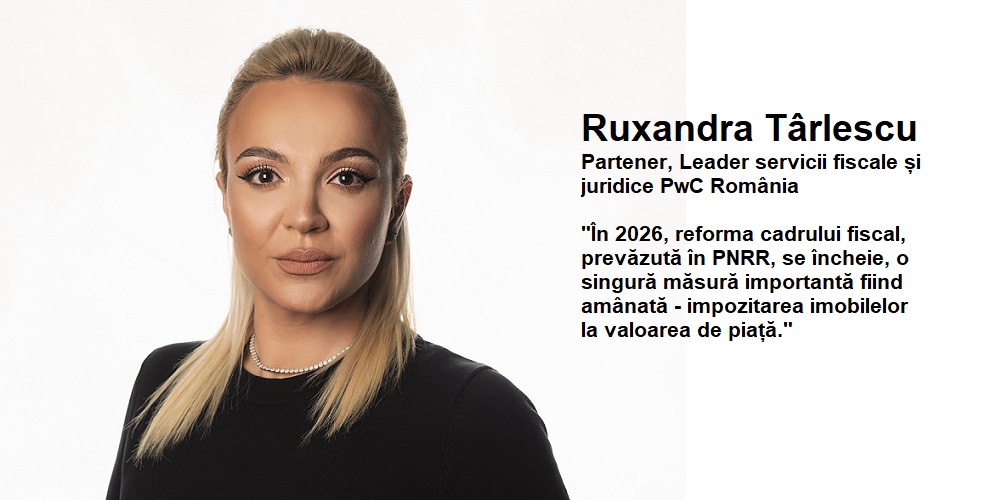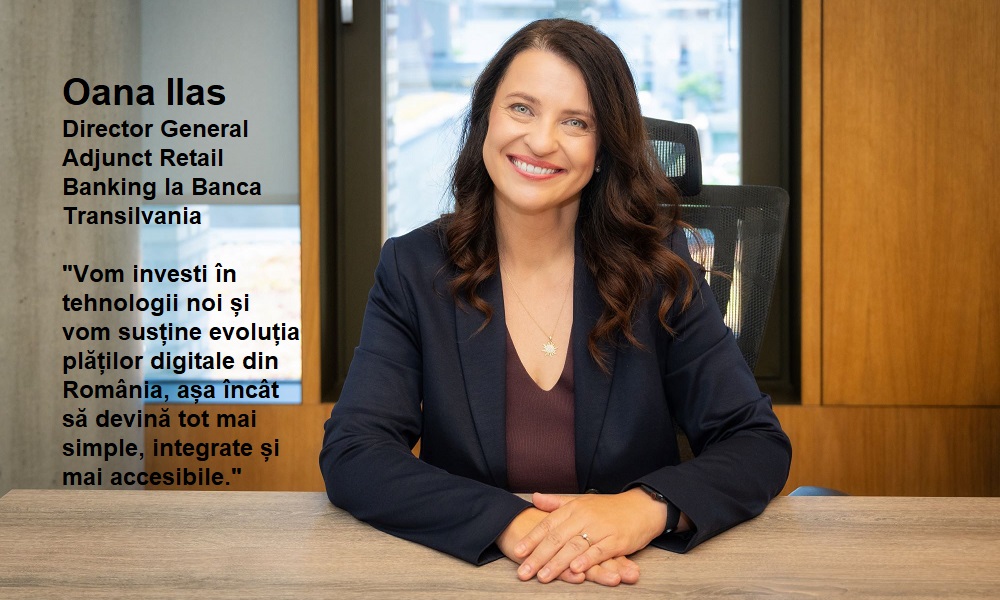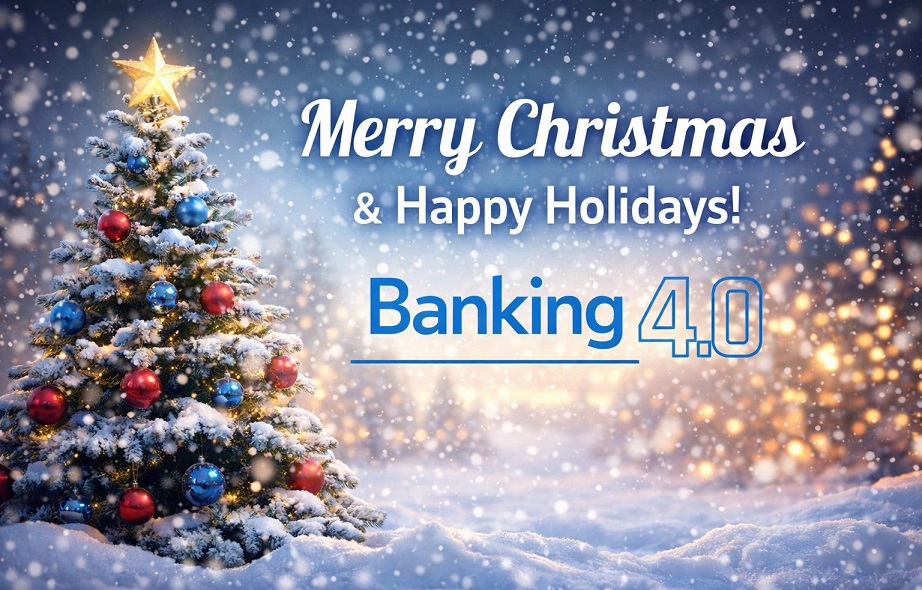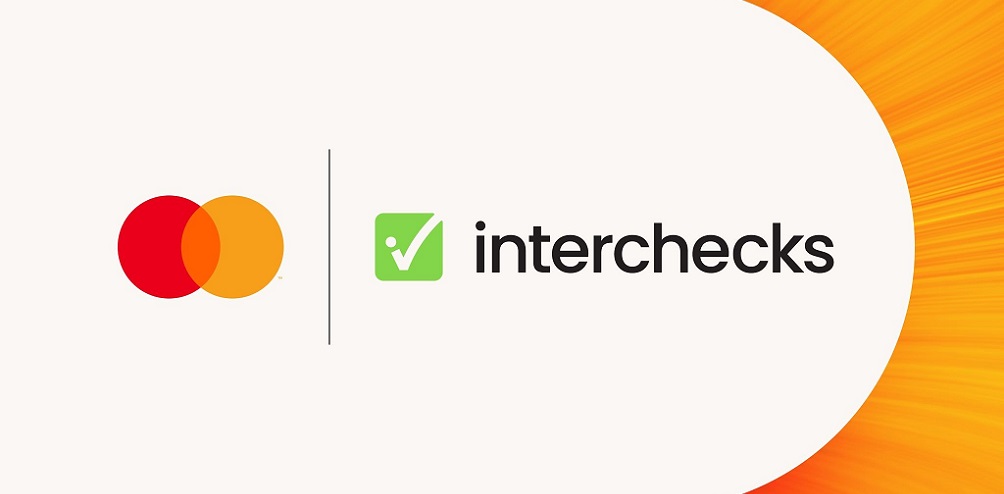Barclays explores digital pound design options

Last year Barclays published a report on the “functional equivalence” of central bank digital currency (CBDC). In other words, the need for a CBDC and commercial bank money to have similar functionality. While that may seem obvious, there’s a fair bit of work to be done for a CBDC to deliver that, including issues such as using ATMs to top up CBDC wallets. Programmability was an important topic in that paper. Now Barclays has published a much more detailed paper stepping through typical uses cases such as a parent topping up a digital pound wallet for a child. It concludes that ideally a financial market infrastructure should be responsible for the features, according to legderinsights.com.
For each function, there are multiple potential ways to implement it. For example, it starts with payee confirmation, to verify the target of the payment is really your child’s CBDC wallet. With faster payments in the UK, there have been a lot of cases where people sent money to the wrong person. Hence, nowadays when people initiate a faster payment, the bank checks to ensure the recipient account is the person you intend to send to. This sort of functionality will also apply to a digital pound wallet.
It’s not just about the options of how each feature might work, but who will be responsible for the functionality, and where it sits. For example, it could be implemented by a technical service provider, the wallet operators (payment interface providers or PIPs), a financial market infrastructure, or some other organization. It could potentially be part of the CBDC system or elsewhere.
Key findings
The Bank of England’s digital pound consultation says that access to digital pound holdings may be restricted for financial firms. Several of the functional options explored would need wallet providers, commercial banks and FMIs to hold digital pounds, in some cases temporarily on behalf of clients. This is particularly for interoperability between commercial bank money and the CBDC. Because of this restriction, none of the interoperability options were deemed entirely suitable.
In terms of who should be responsible for various features, the paper concludes that a financial market infrastructure is the answer. The Barclays team came to a similar conclusion regarding programmability in the previous paper.
Dariusz Mazurkiewicz – CEO at BLIK Polish Payment Standard
Banking 4.0 – „how was the experience for you”
„To be honest I think that Sinaia, your conference, is much better then Davos.”
Many more interesting quotes in the video below:












